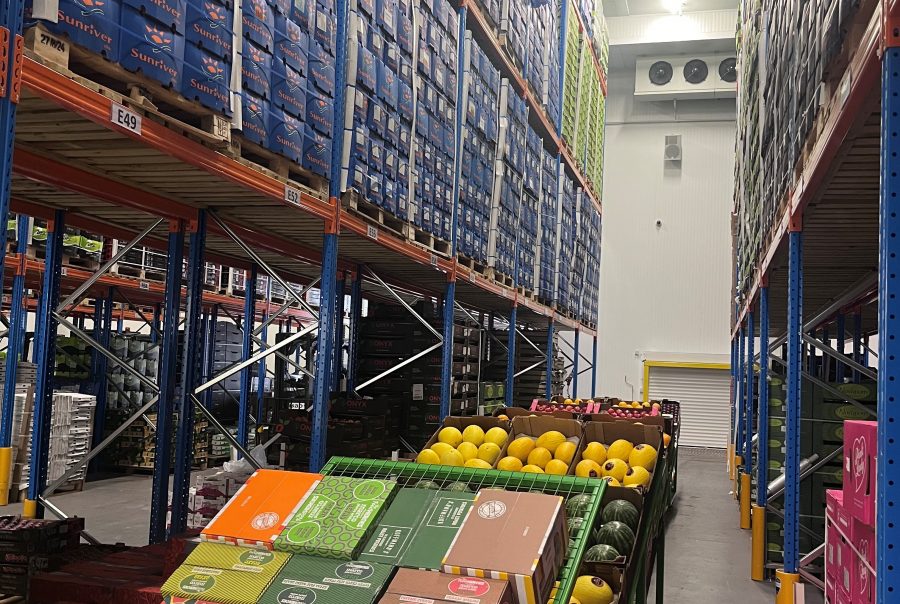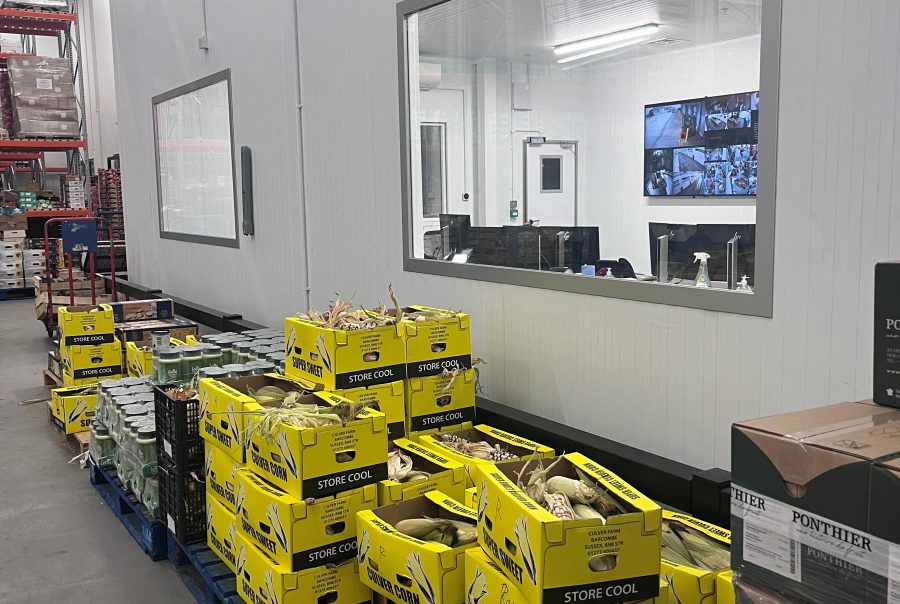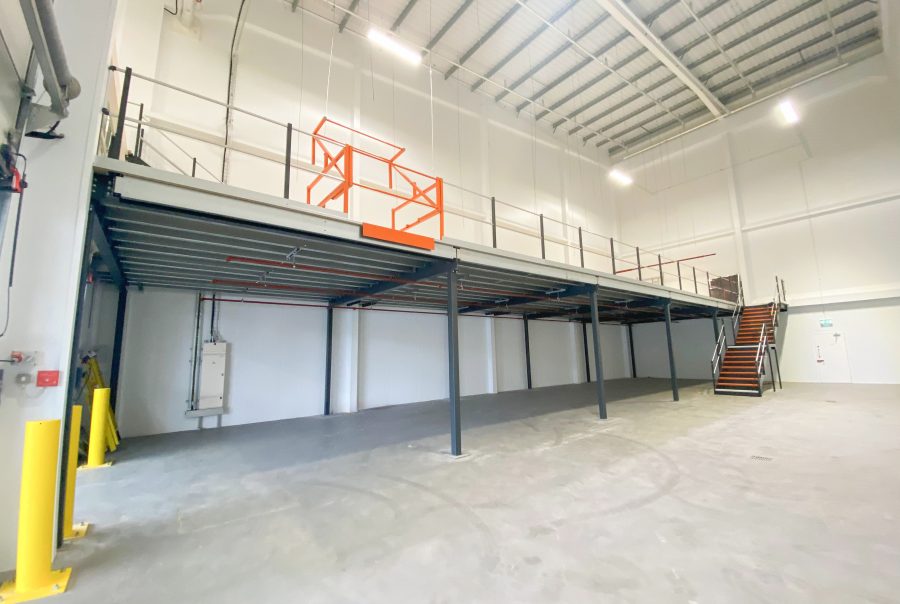Warehouse lighting is essential for ensuring a safe and productive environment. Efficient lighting options include LED lights, high-intensity discharge (HID) lamps, and fluorescent lights, each offering various benefits such as energy efficiency, long lifespan, and low maintenance. LED lighting, in particular, is highly favoured for its brightness and cost-effectiveness. Properly designed lighting layouts can reduce shadows, improve visibility, and enhance accuracy in tasks such as picking and packing. Motion sensor lighting and automated control systems can further optimise energy use by ensuring lights are only on when needed.
Warehouse Mechanical and Electrical
Warehouse Lighting
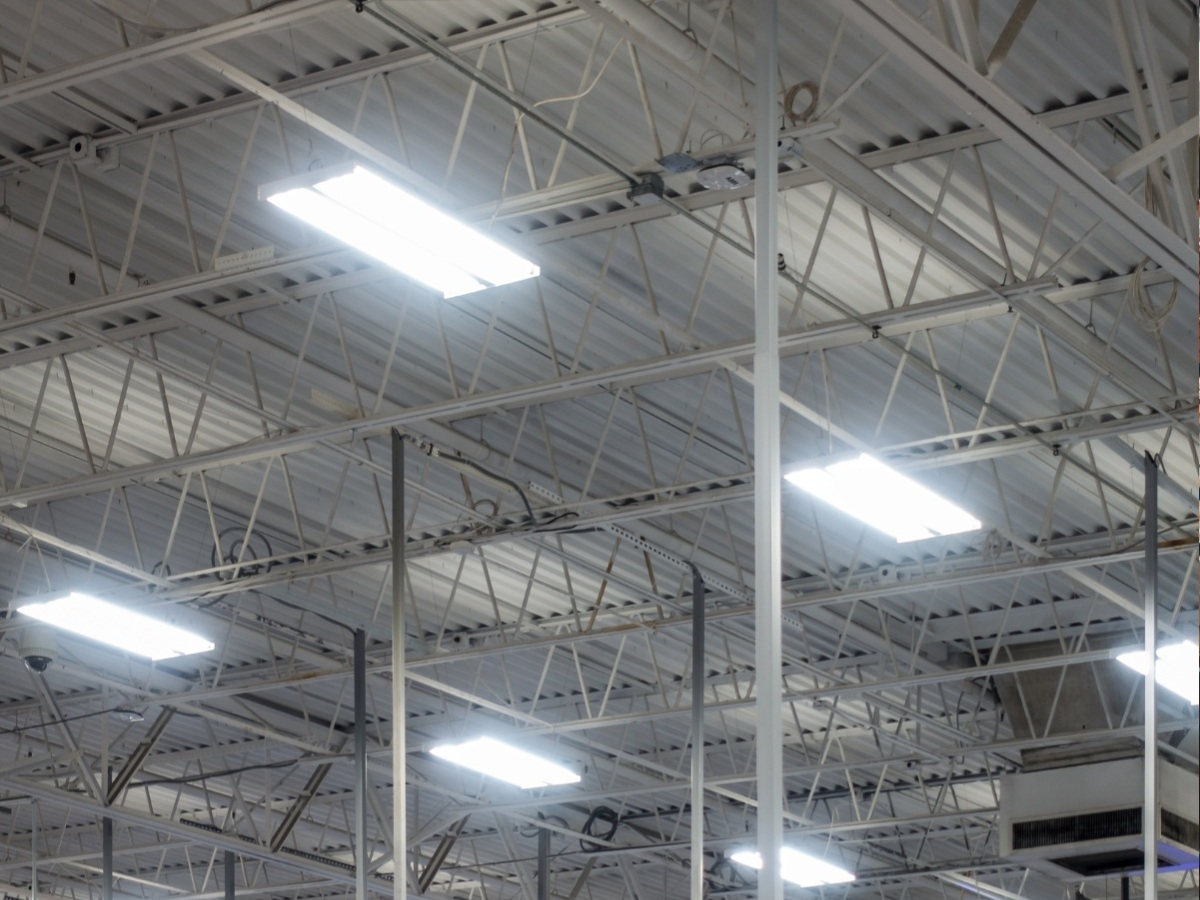

Power
Power is the backbone of all warehouse operations, from lighting to machinery and computers. Reliable power distribution systems ensure uninterrupted operations. Power solutions include standard electrical outlets for general equipment, as well as dedicated circuits for specialised machinery. Backup power options, such as uninterruptible power supplies (UPS) and generators, are critical to maintain operations during outages. Power distribution units (PDUs) and power management software can help monitor and manage electrical loads, ensuring efficient and safe power usage throughout the facility.
3-Phase Power
3-phase power is commonly used in warehouses to support heavy-duty equipment and machinery that require more power than single-phase systems can provide. It offers a more stable and efficient power supply, reducing the strain on electrical systems and allowing for smoother operation of equipment such as conveyors, lifts, and HVAC systems. The implementation of 3-phase power involves installing appropriate transformers, switchgear, and distribution boards. This setup can lead to significant energy savings and improved performance of power-hungry devices, contributing to overall operational efficiency.
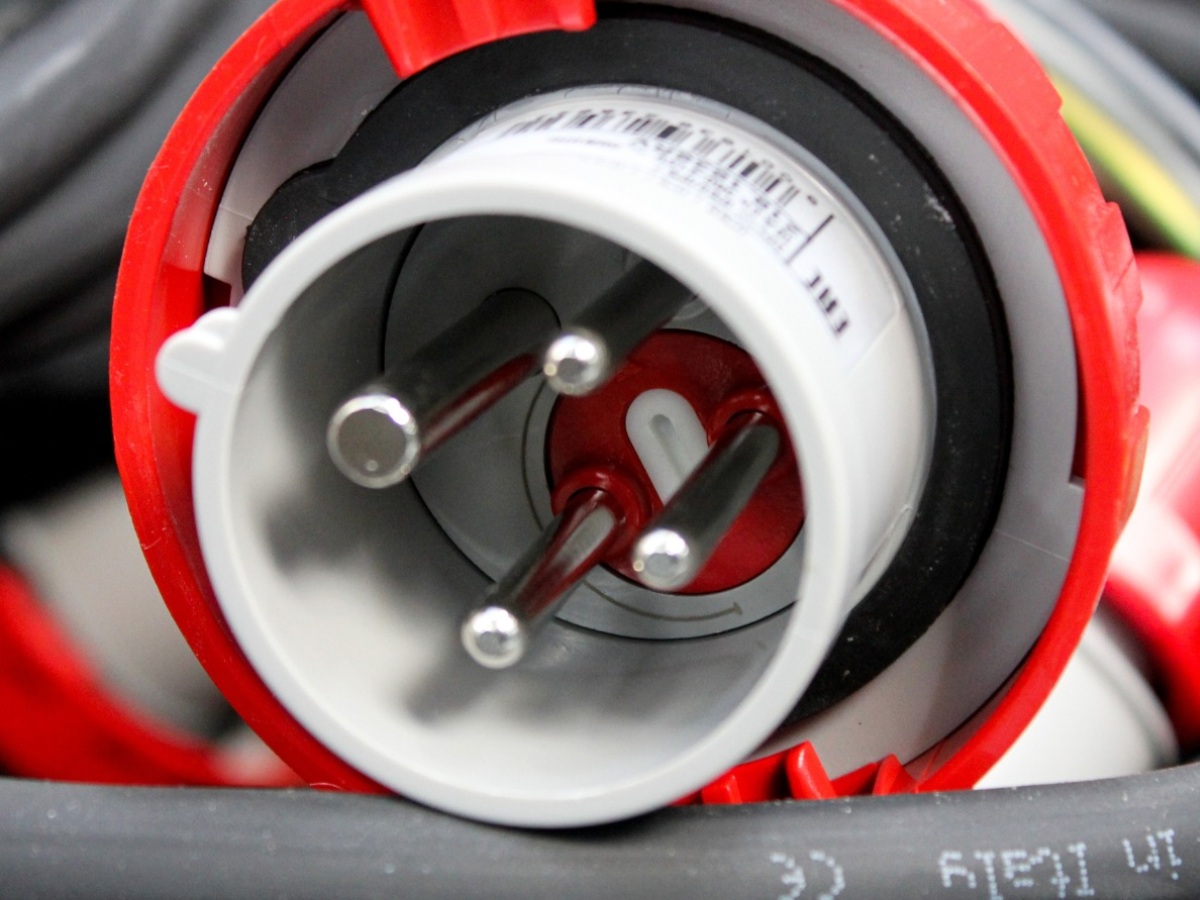
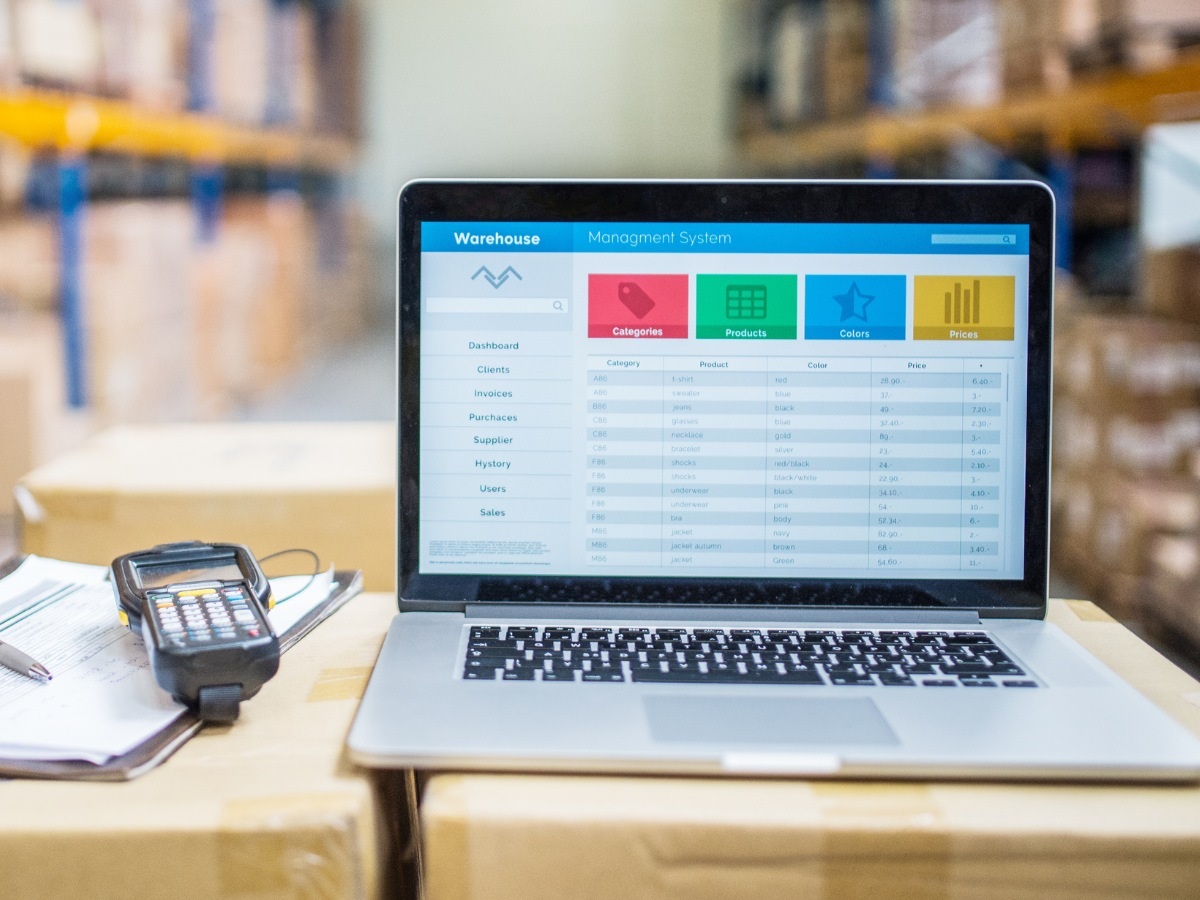
Data and Wifi
Data infrastructure in a warehouse is crucial for tracking inventory, managing orders, and optimising workflows. Options for data management include robust network cabling systems (e.g., Cat5e, Cat6) and fibre optics to support high-speed data transfer. Data collection devices such as barcode scanners, RFID readers, and IoT sensors help in real-time tracking of goods and assets.
High-speed, reliable WiFi networks support these devices Options include standard WiFi networks with strategically placed access points to ensure full coverage and advanced mesh networks for larger facilities.
Forklift Charging
Forklift charging solutions are vital for maintaining the productivity of electric forklifts used in warehouses. Options include traditional lead-acid battery chargers, which are cost-effective but require regular maintenance, and modern lithium-ion battery chargers that offer faster charging times and longer battery life. Wireless charging systems are also emerging, providing convenience and reducing downtime. Setting up designated charging stations with appropriate safety measures and ventilation ensures efficient and safe recharging processes. Integrating charging schedules into warehouse management systems can further optimise forklift availability and usage.
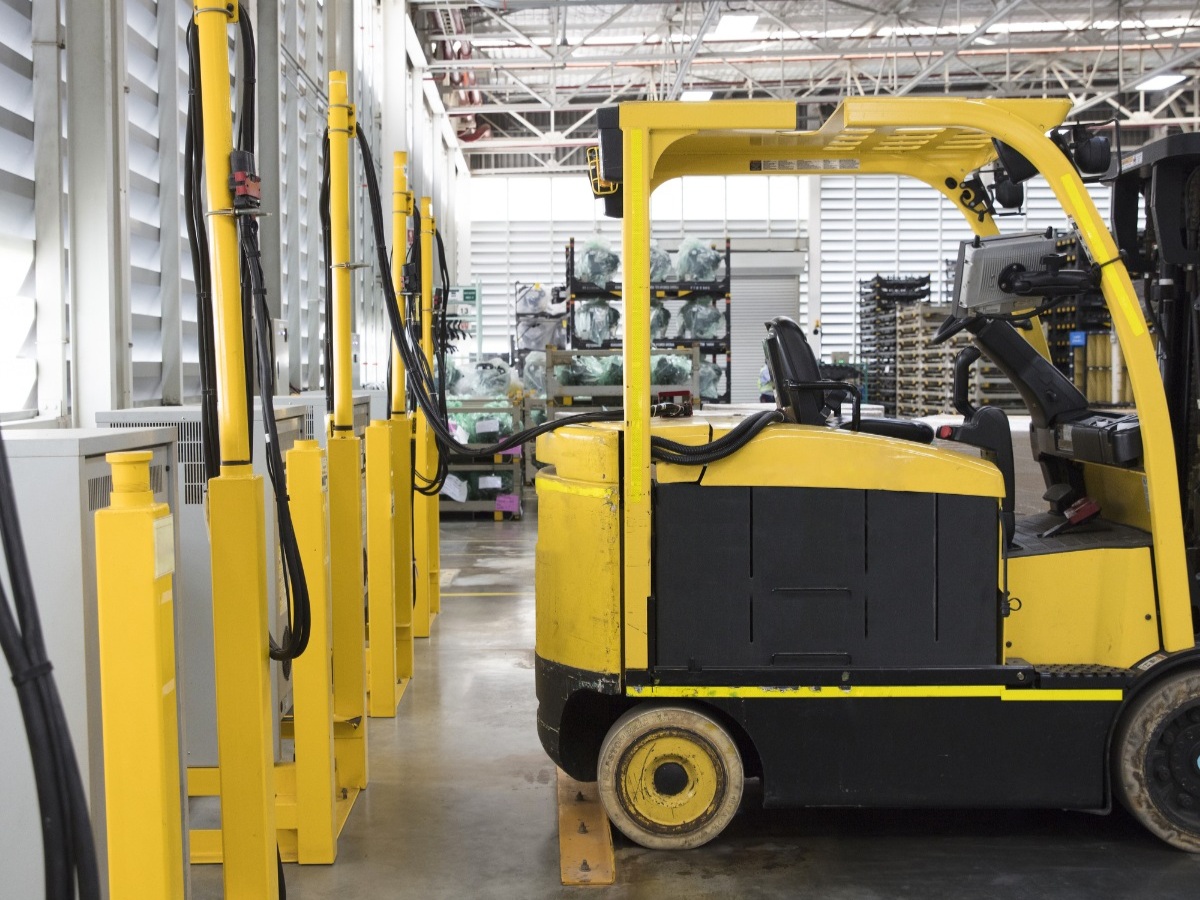
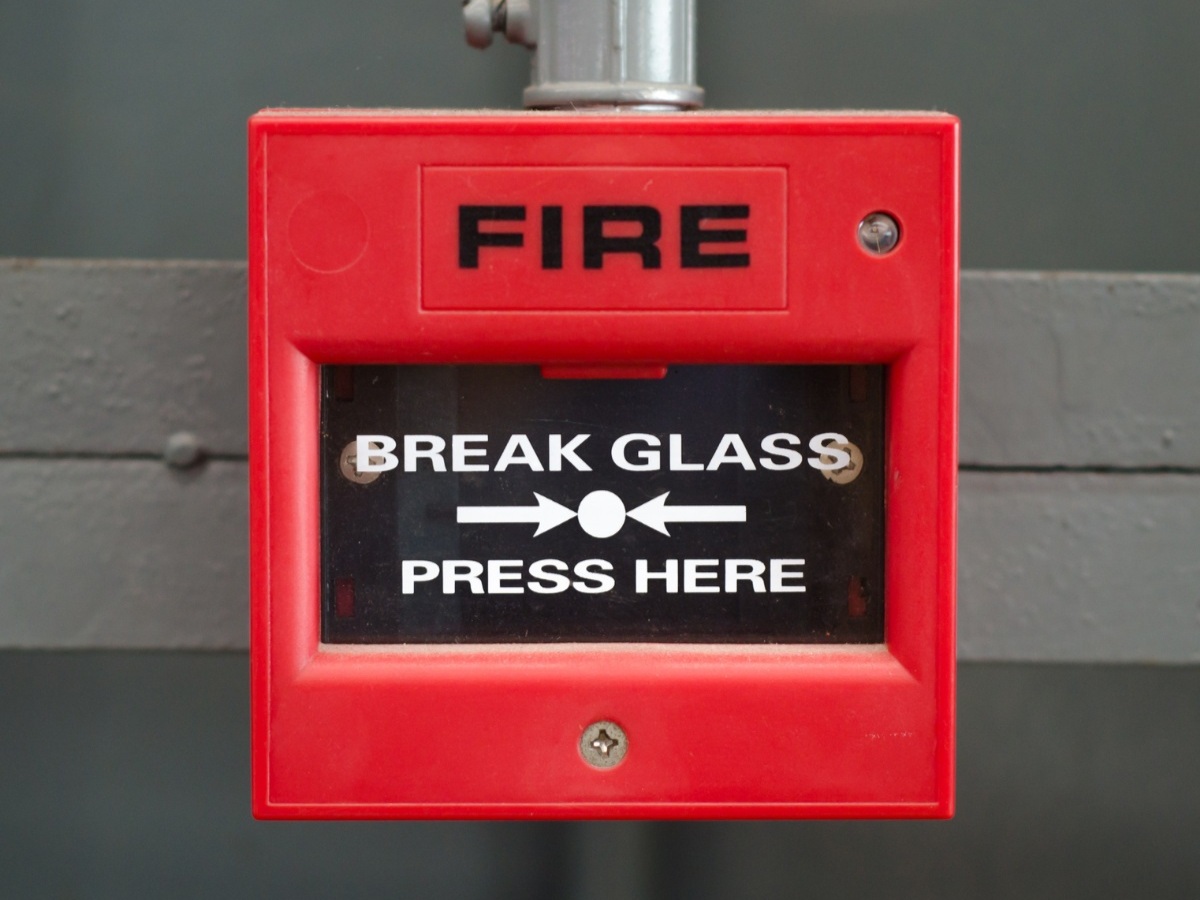
Fire Alarm
A reliable fire alarm system is critical for warehouse safety, providing early detection and warning in case of a fire. Options include conventional fire alarm systems, which are cost-effective and suitable for smaller warehouses, and addressable systems that offer more detailed information and control for larger facilities. Advanced systems may include smoke detectors, heat detectors, and manual call points, integrated with sprinkler systems and emergency lighting. Regular maintenance and testing are essential to ensure functionality. Implementing fire alarm systems in compliance with local safety regulations and standards is vital to protect both personnel and inventory.

